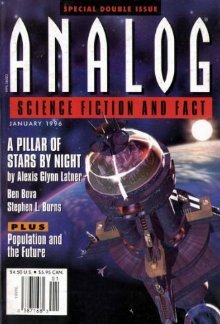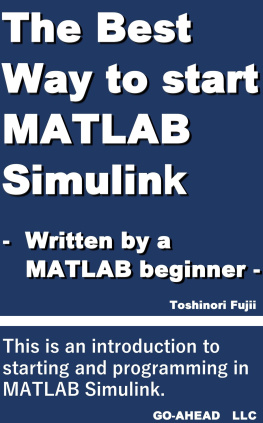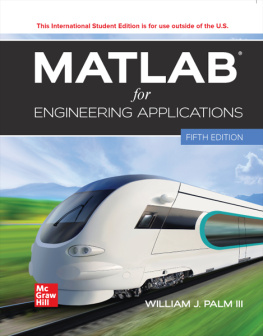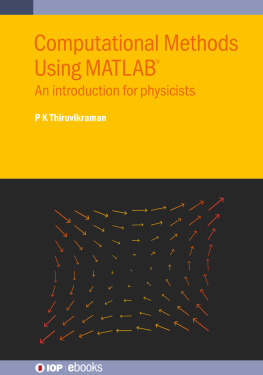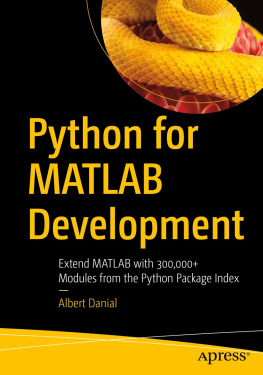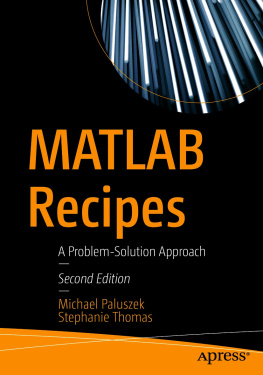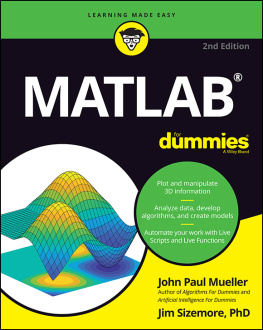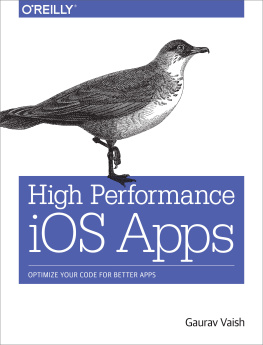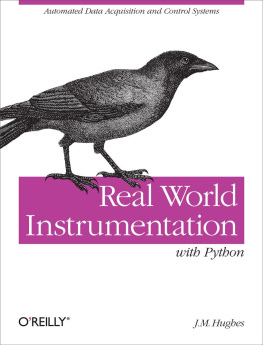Contents
Pagebreaks of the print version



Published by
World Scientific Publishing Co. Pte. Ltd.
5 Toh Tuck Link, Singapore 596224
USA office: 27 Warren Street, Suite 401-402, Hackensack, NJ 07601
UK office: 57 Shelton Street, Covent Garden, London WC2H 9HE
British Library Cataloguing-in-Publication Data
A catalogue record for this book is available from the British Library.
THE PHYSICS OF EXPERIMENT INSTRUMENTATION USING MATLAB APPS
With Companion Media Pack
Copyright 2021 by World Scientific Publishing Co. Pte. Ltd.
All rights reserved. This book, or parts thereof, may not be reproduced in any form or by any means, electronic or mechanical, including photocopying, recording or any information storage and retrieval system now known or to be invented, without written permission from the publisher.
For photocopying of material in this volume, please pay a copying fee through the Copyright Clearance Center, Inc., 222 Rosewood Drive, Danvers, MA 01923, USA. In this case permission to photocopy is not required from the publisher.
ISBN 978-981-123-243-5 (hardcover)
ISBN 978-981-123-383-8 (paperback)
ISBN 978-981-123-244-2 (ebook for institutions)
ISBN 978-981-123-245-9 (ebook for individuals)
For any available supplementary material, please visit https://www.worldscientific.com/worldscibooks/10.1142/12165#t=suppl
Printed in Singapore
Preface
We especially need imagination in science. It is not all mathematics, nor all logic, but it is somewhat beauty and poetry.
Maria Mitchell
Science is beautiful when it makes simple explanations of phenomena or connections between different observations. Examples include the double helix in biology and the fundamental equations of physics.
Stephen Hawking
Some 20 years ago the author published a book on The Physics of Particle Detectors. It is timely to bring such a text up to date. Detectors have evolved greatly, enabled by the explosive progress of the microelectronics industry. Detectors with millions of elements operating at nanosecond even picosecond, time scales are now common. Because accelerators are the enabling technology of high-energy physics, new accelerators have enabled discoveries in particle physics. For example the CERN protonantiproton storage ring enabled the discovery of the W and Z bosons in 1983. The advent of the Fermilab Tevatron collider enabled the discovery of the top quark in 1995. Most recently the completion of the LHC at CERN led to the discovery of the Higgs boson in 2012. For this reason, the text describes particle detector, particle beam and accelerator instrumentation in a unified and coherent fashion.
In order to describe the instrumentation the underlying physics is unitary but the tools available to explore that physics have also improved enormously. The basic interactions are electromagnetic operating between photons and charged particles. Atomic systems are paramount; nuclei are normally inert.
There have been, over the last 20 years, many advances in Information Technology (IT). There are tools to enhance the learning process by means of visualization of the changes to a system operation in real time as the parameters of that system are altered. In addition, the advent of powerful internet search engines and the enormous expansion of available scientific material on the web makes more classical references appear slow and less accessible. A long list of references has not been created for this text.
Together, the hands on software applications and the enhanced accessibility of additional reference material using search engines makes for a vastly improved learning environment. This text uses Matlab Apps to connect a system to the fashion by which the system morphs under change in a single script and in real time. This strong connection makes the material more immediate, intuitive and comprehensible to the user. The Apps are available to the reader and can be run, read and modified as desired. They are a crucial and intrinsic component of the exposition and are meant to be explored concurrently with the text itself.
Additionally, liberal use of the figures and graphics available on the internet is made, so as to take advantage of the resources that can be found there. Many figures are generated by the Apps, but equally many are also downloaded from search engines. Indeed, preprint, open access and archives now make current results of academic research readily and widely available and very timely because they are often accessible much earlier before the material is actually published.
Contents
Introduction
My religion consists of a humble admiration of the illimitable superior spirit who reveals himself in the slight details we are able to perceive with our frail and feeble mind.
Albert Einstein
Atoms are very special: they like certain particular partners, certain particular directions, and so on. It is the job of physics to analyze why each one wants what it wants.
Richard P. Feynman
The goal of this text is to explore the physics of experimental instrumentation, in detectors, in beam lines and in accelerators in a unified and coherent manner. Rather than presenting the physics in a single formal exposition of all the topics in one place, they first appear in a brief summary at the start of each section. Following that, they are introduced only when necessary to understand a specific topic. The idea was to introduce the physics as it was needed to understand the instrument thus directly connecting physics concepts to their implementation. This approach is designed to make immediate connections between devices and the physics needed to understand their operation.
The text is divided into four main chapters. The first chapter, Getting Started with Matlab, provides a basic introduction to the main tool used in this text, Matlab. Matlab is a vector language, well suited to describe experiment instrumentation. Matlab is available at low cost to the student. In addition, many colleges and businesses have site-wide Matlab licenses. Tools to convert from Matlab to Python and C++ are also available so that the user can change the environment as desired. Finally, Matlab is not absolutely necessary since each App is illustrated with a figure which shows the results of a particular set of the parameters chosen by the user.
The second chapter, Basic Physical Processes, introduces some basic notation and properties of atoms and nuclei. This text uses exclusively MKS/SI units in order to give a unified exposition. Motion in constant electric and magnetic fields is introduced in this section. Because these fields are the primary means of creating and controlling beams, these topics are covered early on and referred to later as needed. A table of all the symbols as well as the acronyms is given in the appendices at the end of the text.
The third chapter is called Detector and Beam Instrumentation. Specific physics topics relevant to both beams and particle detector instrumentation are discussed when they are needed. In this way the physics is seen immediately prior to its first application. Beam devices used to measure position, momentum and particle type are explored. The idea here is to immediately tie the physics to the device.




